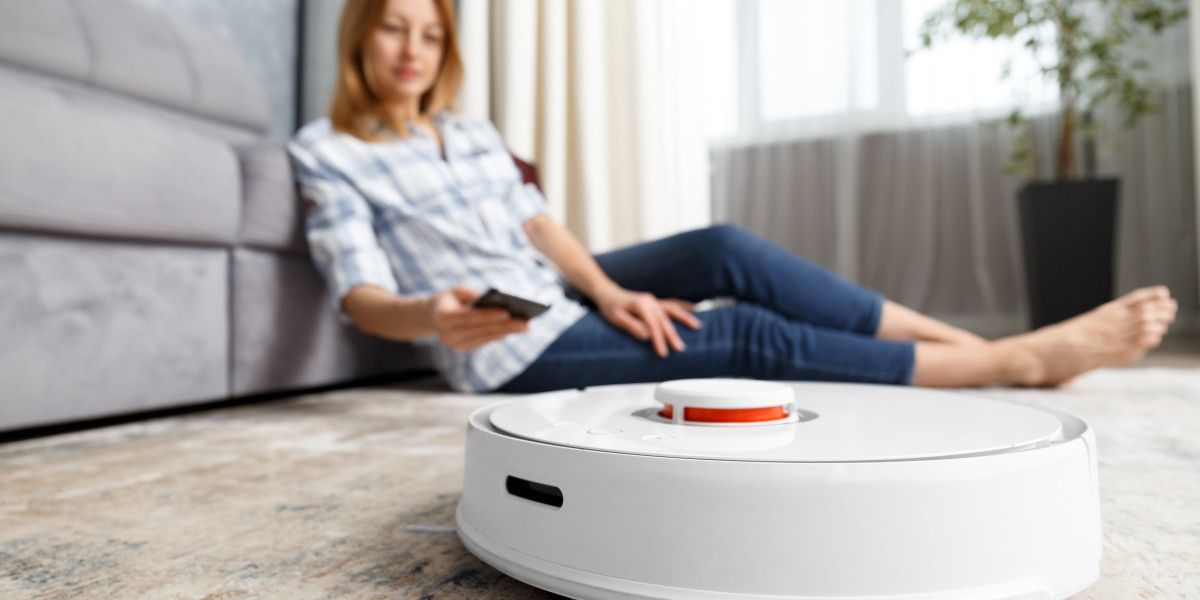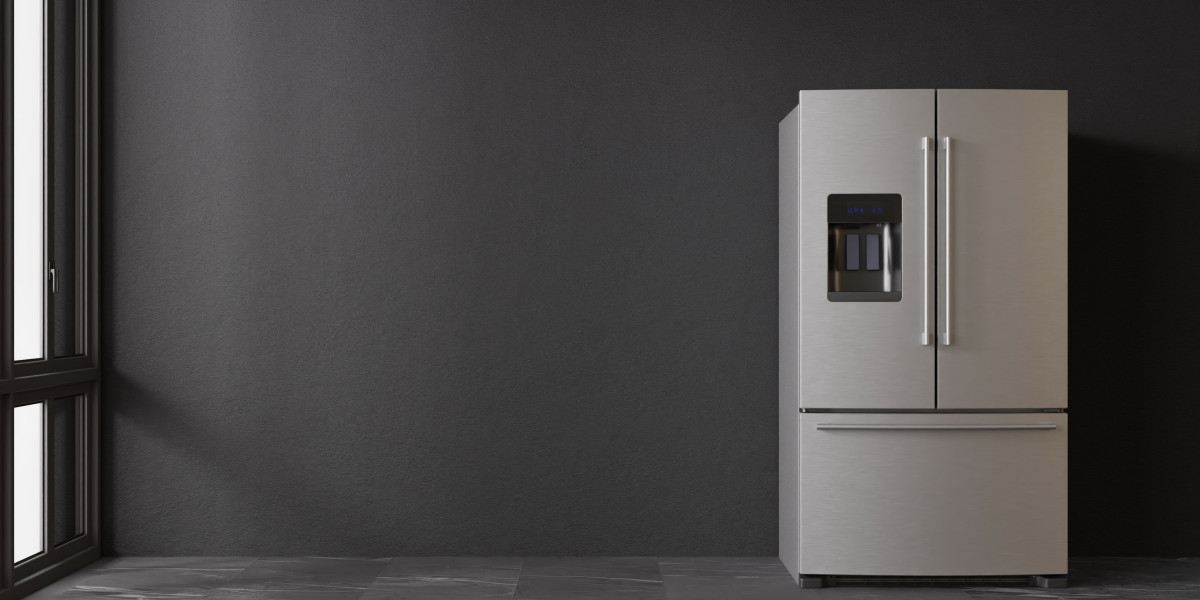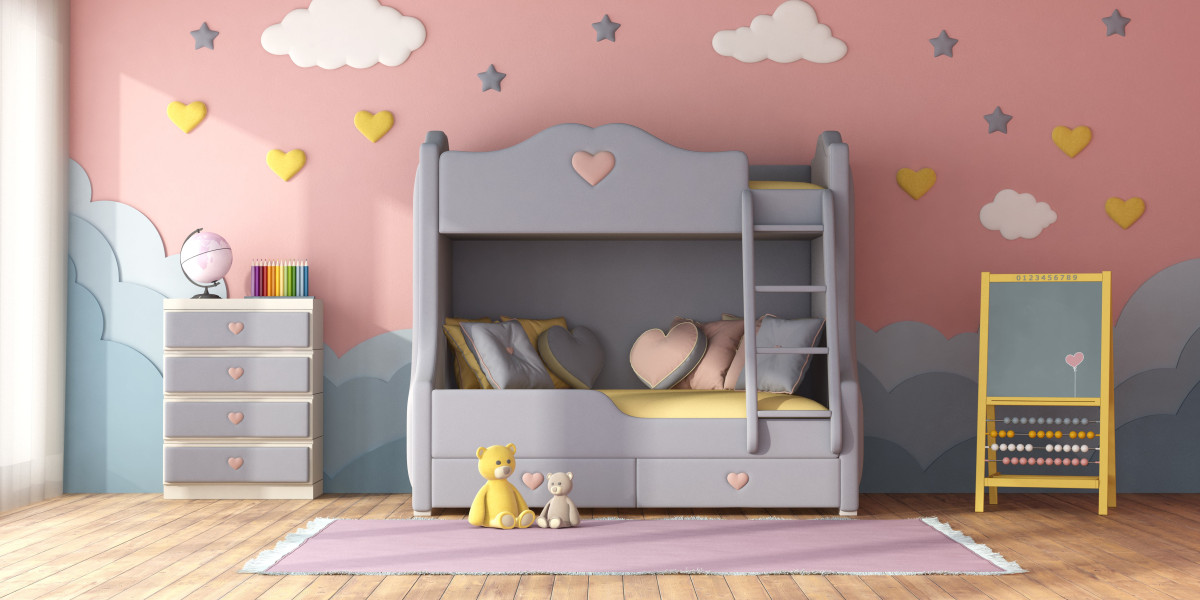Self Emptying Robot Vacuum
The best option for your home is a self-emptying robot vacuum. It is more efficient and hands-free especially for those with larger houses.
The dock of a robot rests in a small dustbin that can be cleaned every few days or more frequently based on the model. Self-emptying bases can be huge and bulky.
It's more practical
If you're tired of emptying your robot's dust bin after each cleaning session, consider splurging on self-emptying models. These bases are designed to hold dirt in a larger bin. They are usually evaluated by the number of days or cleaning sessions they will last before being thrown away. This means that your vacuum will be less likely to release dust that has clumped up into the air, making allergies worse.
These models are typically more advanced than traditional robot vacuums, making them even more practical. For example, some have an image of your home, which allows you to label different rooms or create virtual "no-go" zones for specific areas. Others can return to their base to recharge after the cleaning process or when the power goes out. Some models come with multiple cleaning modes such as mop, spot-clean and auto-mop. Others provide the option of controlling your voice using Alexa or Google Assistant.
But be prepared for a loud process. When the bin is full it will typically take a while to empty it, which could be a bit disruptive. You can sometimes change the settings to make it quieter but it will be louder than other kinds of vacs. Some models have DND modes, too which are useful if you want to use the device in a bedroom or another space where it could cause disturbance.
Robot vacuums can also get stuck in shoelaces, cords, or pet toys. They may even lose their way, sending you an SOS for assistance. If this happens, you'll have to physically place it back into its base to reorient itself and restart its cleaning or charging. It's a bit annoying, but you would have to do this manually with any other vacuum.
In the end, self-emptying robot vacuums are a wonderful convenience. They're well worth the cost if you don't want to empty the dust bin of your robot each time it cleans. It's important to note that they're not the perfect solution for every house due to the fact that their capacity for dirt is less than that of regular vacuums and the base may not be big enough for every household.
It's safer
A robot vacuum might be more sophisticated than a traditional stick or barrel vacuum, however, it has moving parts and is prone to failures. This makes it more expensive and difficult to fix than a traditional vacuum. A lot of robot vacuums require more maintenance than regular vacuums, including cleaning the filters and brushes. Some robot vacuums have extra elements, such as sensors, a computer mind and app integration. This makes them more difficult to repair and use.
The positive side is that a lot of these issues can be solved with an auto-emptying robot vacuum. Manufacturers rate their products based on how much dirt can be stored in the external canister for 30 to 60 days. If you must empty your robot's canister every couple of weeks, it will be easy to overfill the canister and lose all of your dirt. However, if your robot auto emptys its canister, it will not only be more convenient to use and run, but you'll also be able run it more frequently.
Many manufacturers also offer additional filter and brush kits, which can be used to replace worn out ones. This will help your robot last longer and continue to perform at its top. It's more cost-effective than an ordinary model. Certain brands also have zones of saving that permit you to create zones of no-go areas to ensure that your robot does not accidentally clean certain places.
A majority of these models have an option to be quiet which makes it less likely to be disturbed while the machine works. This is particularly useful if you have small children or pets. If you have a smart house or work from home, you can schedule the robot to come when you are not home.
It's less expensive
A regular robot vacuum can only hold so much dirt before the internal dustbin has to be empty. When that happens, the dust is returned to the air and could trigger sneezing in households with allergies. Self-emptying robot vacs take this issue out of the picture, since they automatically dump dust that is dirty into an external bin. The best models last for months or years without the need to empty the bin.
These robots are great for busy families, as they help keep the house clean without having to stop and empty the base. These robots are particularly helpful in areas with a lot of mess, such as the kitchen or living area, where children and pets leave their marks. They're also a good investment for older homes that struggle to stay clean.
As more robotic vacs that have self-emptying bases hit the market and become more affordable, they're becoming more accessible. The majority cost $400 or less. That's a huge saving over the The $1,400 you'd pay on a typical robot vacuum. These vacuums are also more flexible than the traditional models. Certain vacuums can be used in both dry and wet modes. This lets you utilize the vacuums for wet and sticky spills as well as dirty and soiled carpets.
They can also sync with digital assistants like Alexa, Google Assistant, or Amazon's Echo. This makes them easy to use by those who don't have the patience or time to control the robot vacuum using a remote.
This technology is not without its downsides. The bases are large and occupy a lot more area on the floor. They can be heavy, which can increase the cost of the device. Additionally, the process of emptying can be a bit loud and slow.
While self-emptying robot vacs are an excellent method of reducing time and effort, you'll have to clean other areas of your home frequently. You should also remove any wet spills and clean the sensors and charging contacts on the robot's dock and base.
It's more environmentally friendly
The best robot vacuums that self-empty are usually more eco-friendly. The docking station of the vacuum functions as a dust bin that collects the debris left from cleaning cycles. The dustbin can be emptied and replaced with a fresh one, just as a regular vacuum. The bin is filtered to help keep dust from entering the home that would otherwise be released into the atmosphere of your home which makes these machines ideal for homes with respiratory or allergies.
Some self-emptying robots do have a few drawbacks despite their environmental sensitivity. They can be noisy, for example. The noise may be more than a vacuum motor and occur at random times during the course of. This can be distracting if you're cooking or working simultaneously.
Self-emptying robots are also problematic because they take up a large amount of space on your floor. They usually have a large base that can hold months or even years of trash. This could be an issue in smaller apartments and houses where every inch counts. If you select one that can also mop, the water tank is large and will require a larger floor space to stop it from overflowing or spilling out.
Self-emptying robots can be more difficult to set up. It is also necessary to select an area for the base that isn't too obstructive. The sensors and charging contacts will also need to be cleaned prior to when they are able to be used. Additionally, many of these models require an initial non-cleaning and non-cleaning procedure to draw an outline of your home. Different brands employ different mapping methods, such as smart cameras and LIDAR (Light Detection and Ranging) which is similar to radar.
Overall, a vacuum that is able to empty itself is a great investment. It can make your life simpler. If you're a busy parent who has to manage kids and work, as well as other chores, it'll be particularly beneficial to be capable of turning the robot on and robotvacuummops leave it to its own devices.








